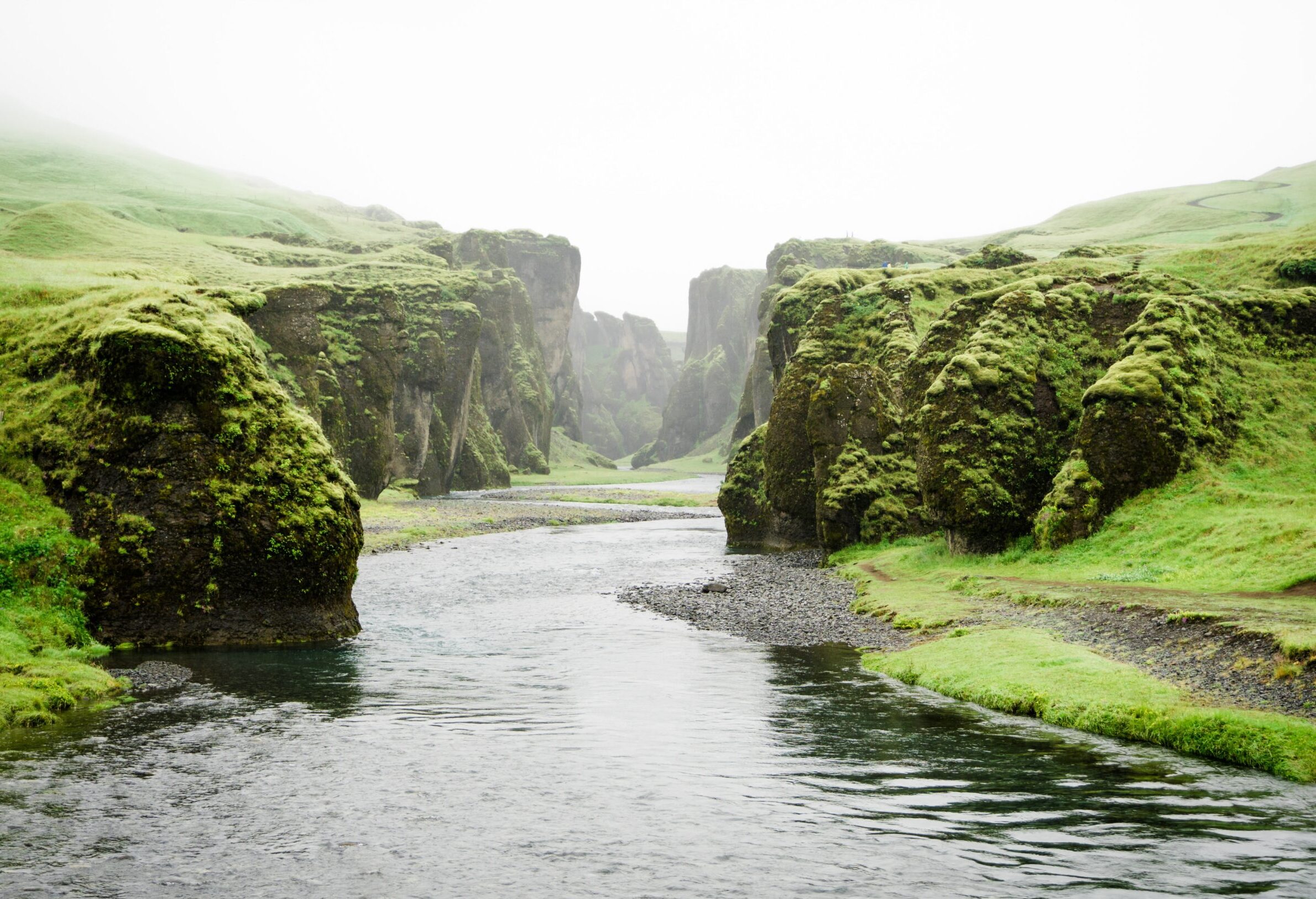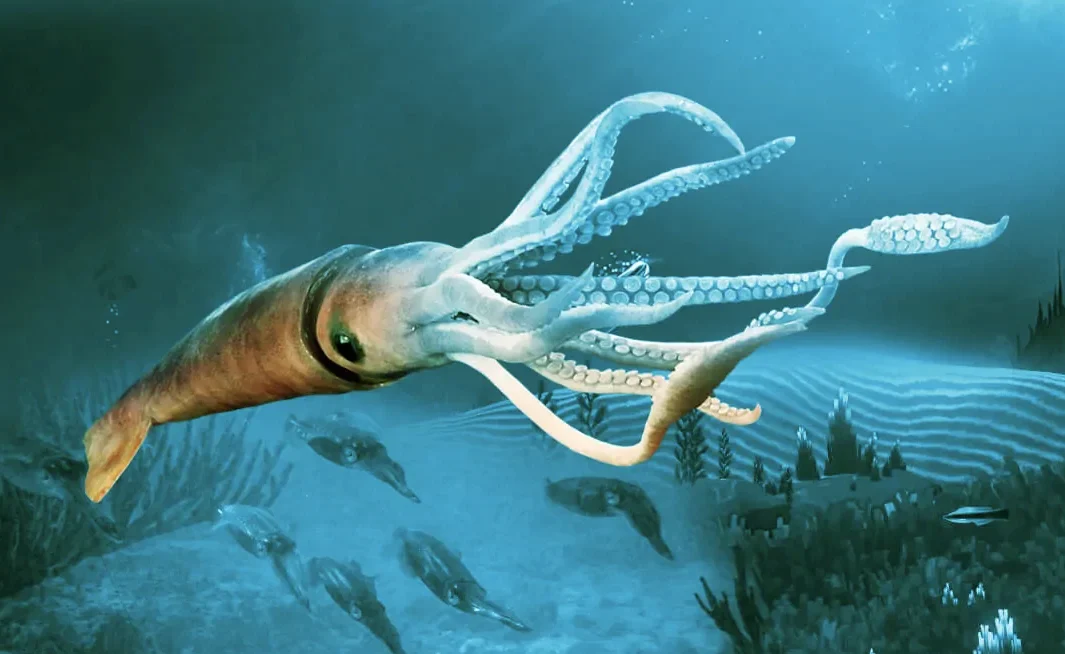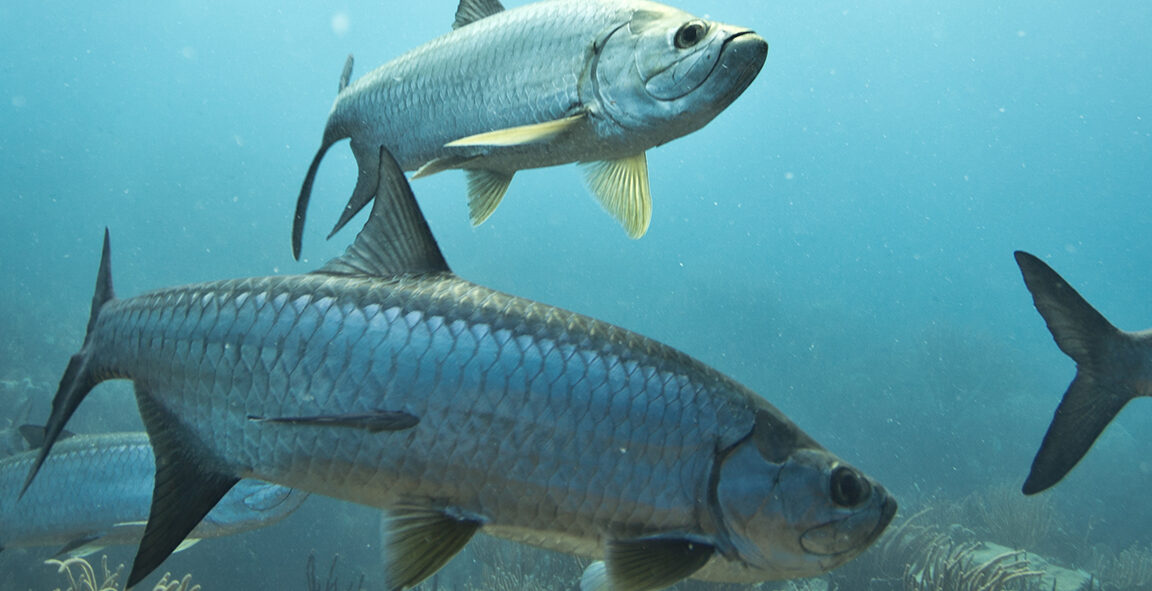If you’re an avid angler, there’s nothing quite like the thrill of reeling in a salmon. These magnificent fish are known for their impressive size and strength, making them one of the most sought-after catches among fishermen. But if you’re new to salmon fishing or simply looking to up your game, you may be wondering: what time is best to catch these elusive creatures? In this blog post, we’ll dive into the life cycle of salmon and explore when they’re most active. We’ll also share tips on where to find them, what bait to use, and even how to cook them once you’ve landed that big catch. So grab your gear and let’s get started!
The life cycle of salmon
Salmon have a fascinating life cycle that takes them from freshwater streams to the open ocean and back again. It all starts when female salmon lay their eggs in shallow gravel beds, known as redds. The eggs are then fertilized by male salmon, and they hatch into tiny alevins.
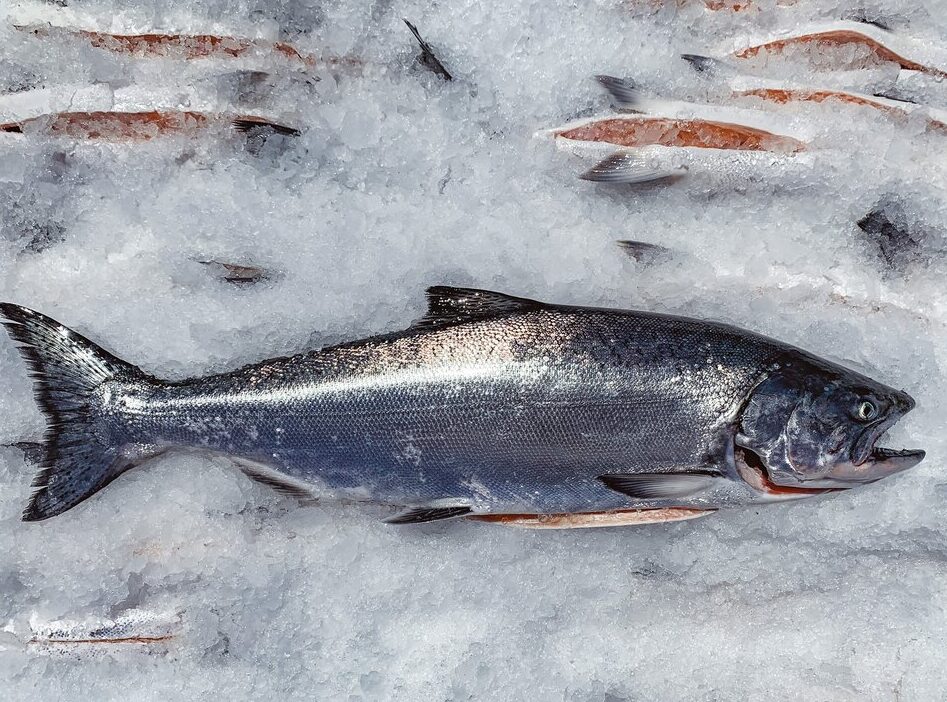
Alevins stay in the gravel for several weeks before emerging as fry. At this stage, they feed on small insects and other aquatic animals found in freshwater streams. Over time, the fry grow larger and develop distinctive markings that differentiate them by species.
Once they reach a certain size, typically 2-4 years old depending on the species, juvenile salmon begin their journey downstream towards saltwater habitats such as estuaries or oceans. These young fish will spend anywhere from one to five years feeding in these environments before returning upstream to spawn.
When it’s time for adult salmon to spawn, they return to the same stream where they were born years earlier – an incredible feat of navigation considering some may have traveled thousands of miles since leaving their natal stream! Once spawning is complete, most adult salmon die within days or weeks due to physical exhaustion and stress caused by migration and reproduction efforts.
Understanding the life cycle of salmon is essential if you want to catch these elusive fish successfully. By knowing which stage of development different populations are at during different times of year can help anglers target specific areas more effectively when fishing for them!
When salmon are most active
When it comes to catching salmon, timing is of the essence. Salmon are most active during certain times of the day and year, so knowing when to fish can make all the difference.
Salmon are known for being early risers, with their peak feeding time usually occurring in the early morning hours around sunrise. This is because they tend to feed on smaller baitfish that are also more active during this time.
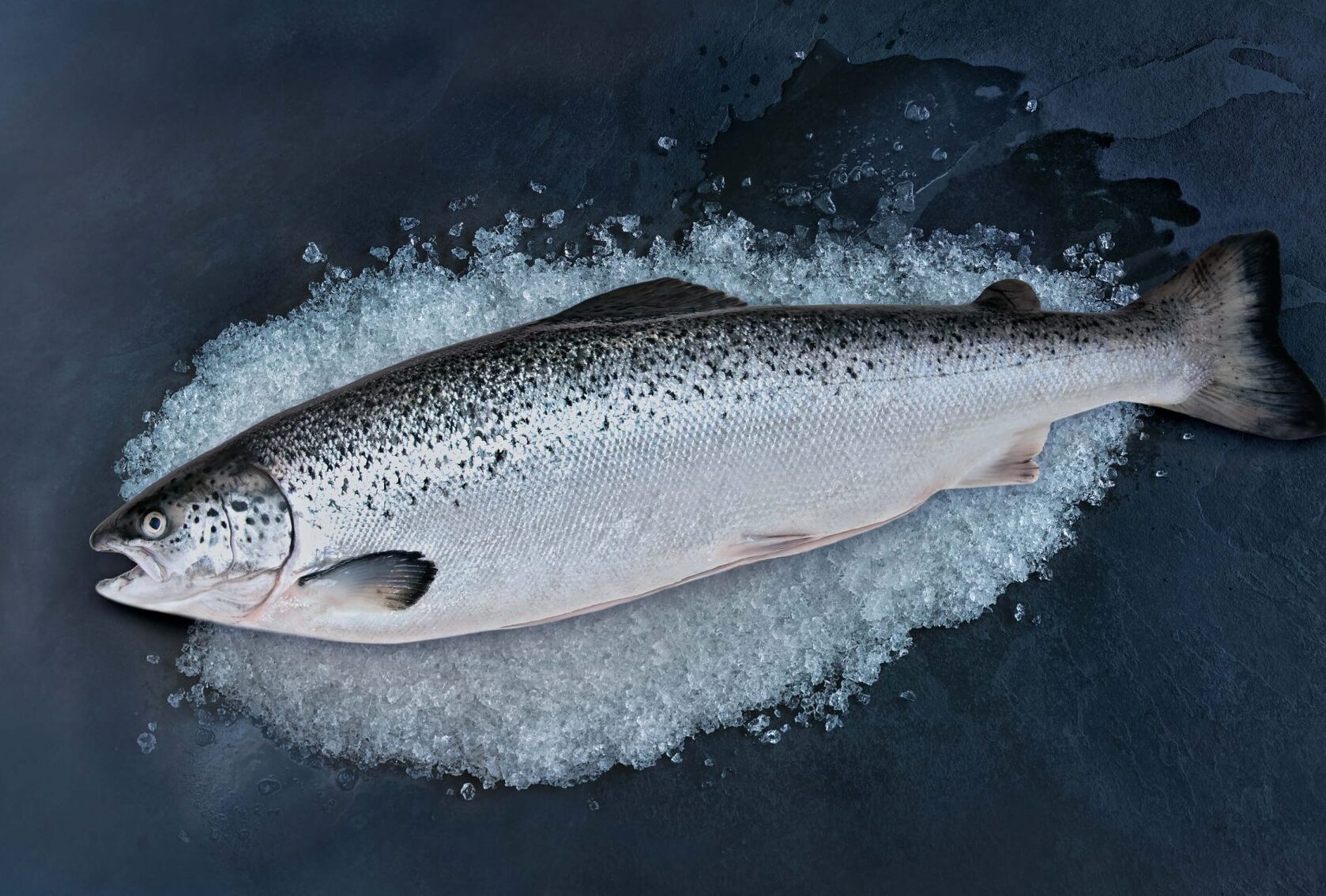
However, don’t count out fishing for salmon later in the day. They may still be actively feeding throughout daylight hours as well as near dusk and into the evening hours.
The best way to determine when salmon will be most active is by researching their specific species and habitat. Some types of salmon spawn at different times of year or favor particular water temperatures, which can affect their activity levels.
It’s also important to consider weather patterns and how they impact a river or body of water where you plan to fish. For example, if there has been heavy rainfall or snowmelt recently, salmon may be more active due to increased oxygen levels in the water.
In summary, understanding when salmon are most active requires research into their biology and environment while keeping an eye on weather conditions as well. By doing so you’ll increase your chances of hooking a prized catch!
The best time of day to fish for salmon
The best time of day to catch salmon depends on various factors. One essential factor is the tide, which determines when the salmon will be most active. Generally, the prime time to fish for salmon is during low light conditions such as dawn and dusk.
During these times, salmon tend to be more active and are easier to spot in shallow water. The lower light levels also make it harder for them to detect anglers’ lures or baits, allowing you a better chance of catching one.
However, don’t rule out other parts of the day entirely. Depending on where you are fishing and what type of salmon you’re after, they may also feed at different times throughout the day – so it’s always worth experimenting with your fishing schedule.
Remember that environmental factors like weather and water temperature can play a significant role in determining when the best time is to fish for salmon too. For example, if water temperatures start rising significantly towards midday during warm summer months, then early morning may well be your only chance at finding some biting fish!
Ultimately though there isn’t any single perfect answer as every location has its unique set of variables that affect how successful your fishing trip will be!
The best time of year to fish for salmon
When it comes to fishing for salmon, timing is everything. The best time of year to fish for salmon can vary depending on the type of salmon you’re looking to catch and where you are geographically located. Generally, though, there are a few key times throughout the year that tend to be the most productive.
For those looking to catch Chinook or King Salmon, late spring through early fall tends to be the prime season. These fish begin their journey upstream during this time in order to spawn before winter sets in. Coho or Silver Salmon tend to run later in the summer and into early fall.
The location also plays a role in determining when it’s best to go salmon fishing. Different rivers and streams have different migration patterns for these fish so researching your local area can help determine what months will yield better results.
It’s worth noting that weather conditions can also impact your success rates when fishing for salmon. Rainy days tend to make river levels higher which makes it easier for these fish to navigate upstream making them more likely targets during these days.
If you’re planning a trip specifically geared towards catching some fresh wild-caught salmon then plan accordingly based on location and species being targeted giving yourself ample opportunity within peak seasons while keeping an eye out on weather reports as well!
Where to find salmon
Salmon can be found in several locations, including rivers and oceans. In general, salmon are known to travel upstream to spawn during their breeding season. Therefore, searching for them in freshwater areas such as streams or rivers is a good place to start. Look for deep pools or eddies where the water moves more slowly.
If you’re fishing in saltwater, try looking for underwater structures such as rocky outcroppings or kelp beds where salmon like to rest and feed. Salmon also tend to congregate around river mouths where fresh and saltwater meet.
Another way to find salmon is by tracking migration patterns based on time of year. Different species of salmon have specific times they migrate from the ocean into freshwater systems. Researching these migrations can help pinpoint the best location and time of year for fishing.
It’s important to note that regulations vary depending on location and species of salmon, so always check local laws before heading out on your fishing trip!
What bait to use for salmon
When it comes to catching salmon, the bait you use can make all the difference. One of the most popular options is using live bait such as herring or anchovies. These baits are effective because they closely resemble what salmon eat in their natural habitat.
Another option is using lures that mimic small fish or shrimp. These lures are designed to attract salmon by mimicking their prey and getting them to strike at the lure. Popular lures include spinners, spoons, and jigs.
Using scented baits can also increase your chances of catching a salmon. Scented eggs or soft plastic worms infused with scents like garlic or anise can be irresistible to hungry salmon.
Fly fishing for salmon is another popular method that involves using artificial flies made from feathers and other materials. This technique requires skill but can be incredibly rewarding when done correctly.
Ultimately, the best bait for catching salmon depends on various factors such as location, time of year, and water conditions. It’s important to experiment with different types of bait until you find what works best for you in each unique situation.
How to cook salmon
Cooking salmon is an art in itself, and there are countless ways to prepare this delicious fish. Grilled, baked, or pan-fried – the options are endless. Nevertheless, here’s a recipe that you can try at home:
- Preheat your oven to 375°F (190°C).
- On a baking sheet lined with parchment paper, place the salmon fillet skin-side down.
- Season the fillet with salt and pepper.
- Spread some honey mustard over the top of the fillet.
- Sprinkle some bread crumbs over it.
Bake for about 15-20 minutes until cooked through. The internal temperature should be around 145°F (63°C).
There you have it: a perfect meal to end your day of fishing! Whether you’re using fresh-caught salmon or store-bought one; cooking salmon is always satisfying when done right.
Now that we’ve covered all aspects of catching and cooking salmon let’s head out to catch some ourselves! Remember these tips and tricks next time you plan on going fishing for these magnificent creatures. Good luck!
